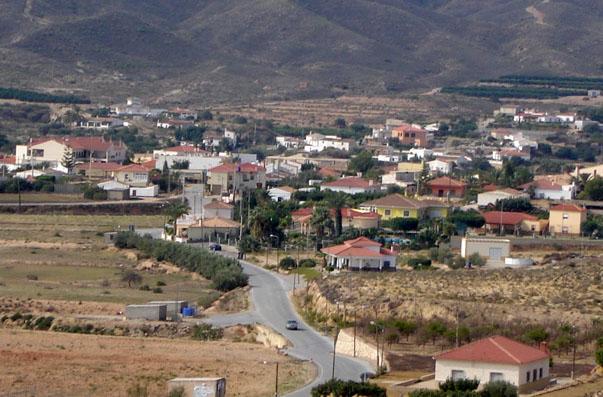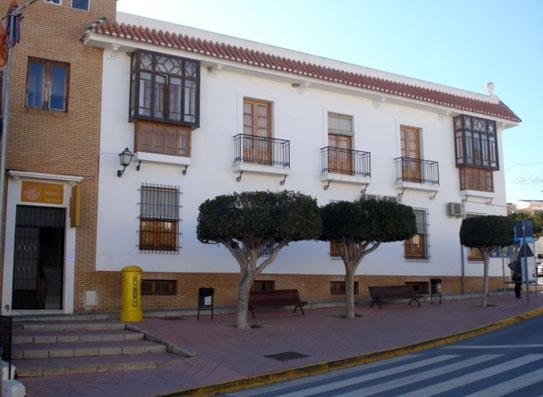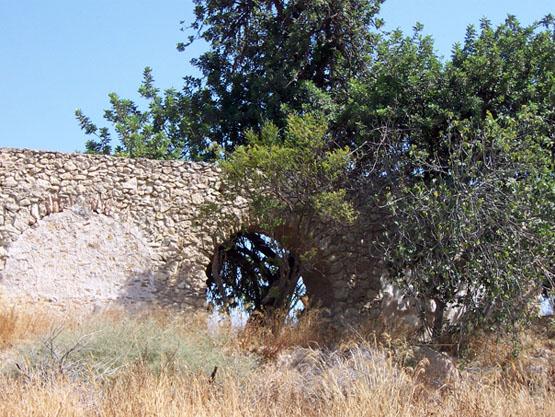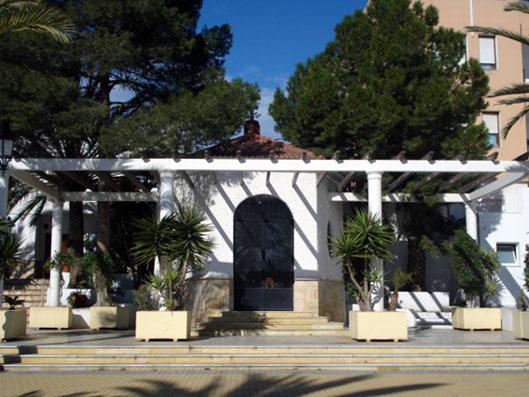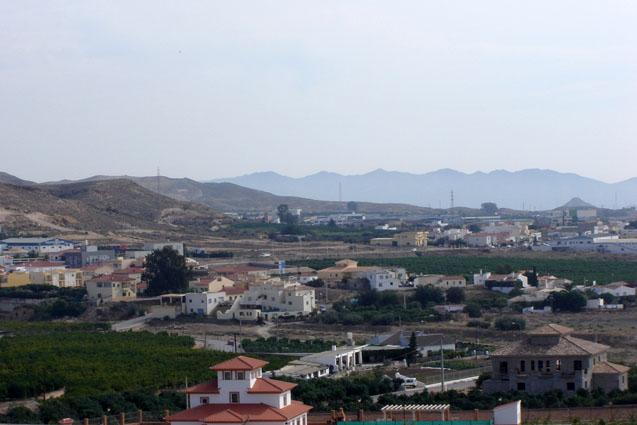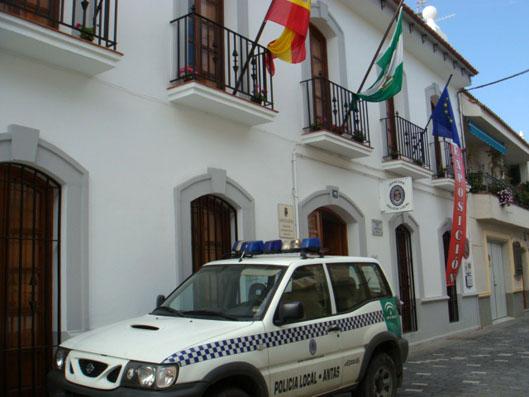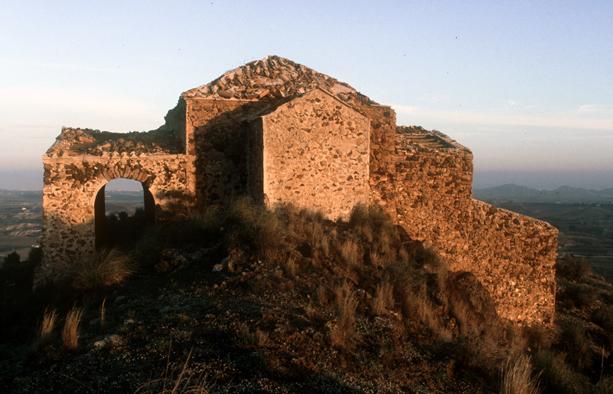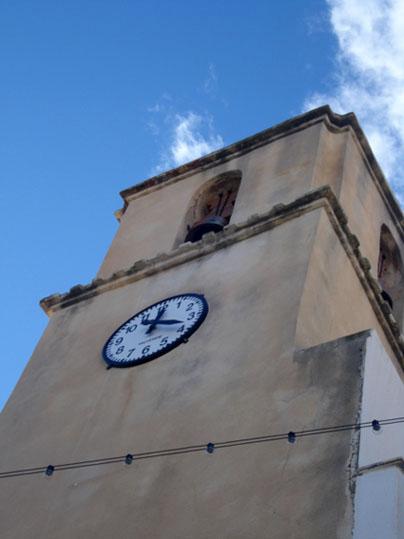Antas
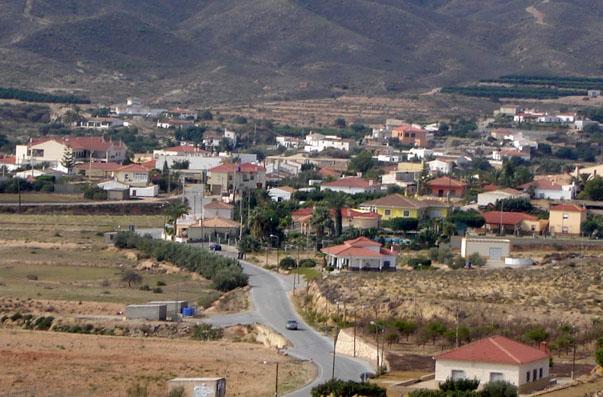
Village situated in the east of the province, in the sedimentary basin of the river Aguas, which irrigates its land, now converted into an orchard of fruit and citrus trees and vegetables, surrounded by drier land.
Within its area there are numerous prehistoric remains which show the privileged position of this place. Among the remains those of the Argar stand out; a veritable hub of a culture which spread through the southeast of the Peninsula during the Bronze Age.
Also of interest are the Royal Aqueduct, the Parish church and the Cabezo de Maria.
History
The first settlements date from the Paleolithic age. From the Neolithic, various remains have been studied such as the Aljoroque, the Gerundia, the cabezo del Moro and the Pernera. In the latter a small slate idol was found which is used as a symbol in Antas.
But what Antas is really important for is being the birthplace of the Argar settlement during the Bronze Age. The Argar culture developed in the southeast between the years 1900 BC and 1300 BC as an organized society around a dominant oligarchy.
When the Argar culture died out, this zone lost its importance; its population was very spread out. During the Roman and Al-Andalus periods practically no archaeological remains were found.
With the surrender of the area of Vera in 1488, the inhabitants of Vera were forced to either go to Africa or relocate to the interior. 50 families moved to Antas. An Arab quarter dependent on Vera was formed. In the decade of the 1490s the inhabitants of Antas were accused of protecting raiders and were almost reduced to slavery.
After the War of the Alpujarras (1569-1570), the inhabitants were expelled, although they had not participated in the revolt. The repopulation was carried out by means of 63 people from Murcia, Valencia, Bilbao and Toledo. At the beginning they went to live in Vera for fear of attack from the Moors hiding in the mountains.
At the beginning of the XVIII century, Antas became independent from Vera.
Eminent citizens
Antonio Jesus Soler Cano, poet.

- Max 22
- Min 10
- Max 71
- Min 50
- °C
- °F

